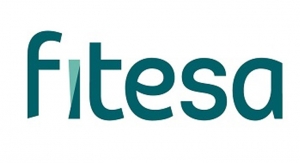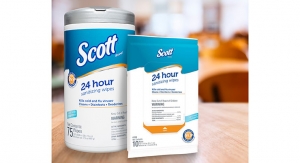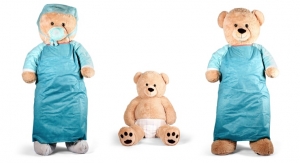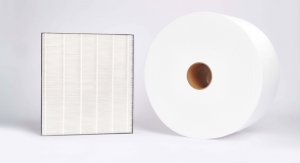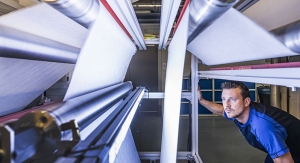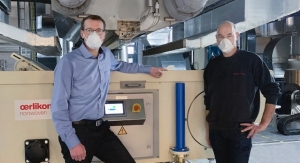03.29.19
This week at IDEA Oerlikon Nonwoven, signed a contract for a two-beam, stand-alone meltblown system with a renowned European meltblown specialist. The system will be used to manufacture meltblown nonwovens for various applications, especially for the filtration and wipes sector with commercial production scheduled to begin in the first half of 2020.
The market for meltblown nonwovens is expanding by an average of 6% per annum. The Oerlikon Nonwoven meltblown technology enables the cost-efficient manufacture of high-end meltblown and SMS (spunbond-meltblown-spunbond) products. Stand-alone monocomponent and bicomponent meltblown plants produce nonwovens for a whole range of filtration, insulation and sorption applications. As ‘plug & produce’ installations in already existing and new third-party composite systems, the meltblown technology can be used for a whole range of medical and hygiene products. This solution permits the cost-efficient upgrading of new or existing spunbond systems and offers nonwovens manufacturers access to markets with especially high-quality requirements. In addition to standard polymers, such as polyester and polypropylene, for example, promising polymers such as fluoropolymers can also be optimally processed.
The market for meltblown nonwovens is expanding by an average of 6% per annum. The Oerlikon Nonwoven meltblown technology enables the cost-efficient manufacture of high-end meltblown and SMS (spunbond-meltblown-spunbond) products. Stand-alone monocomponent and bicomponent meltblown plants produce nonwovens for a whole range of filtration, insulation and sorption applications. As ‘plug & produce’ installations in already existing and new third-party composite systems, the meltblown technology can be used for a whole range of medical and hygiene products. This solution permits the cost-efficient upgrading of new or existing spunbond systems and offers nonwovens manufacturers access to markets with especially high-quality requirements. In addition to standard polymers, such as polyester and polypropylene, for example, promising polymers such as fluoropolymers can also be optimally processed.

